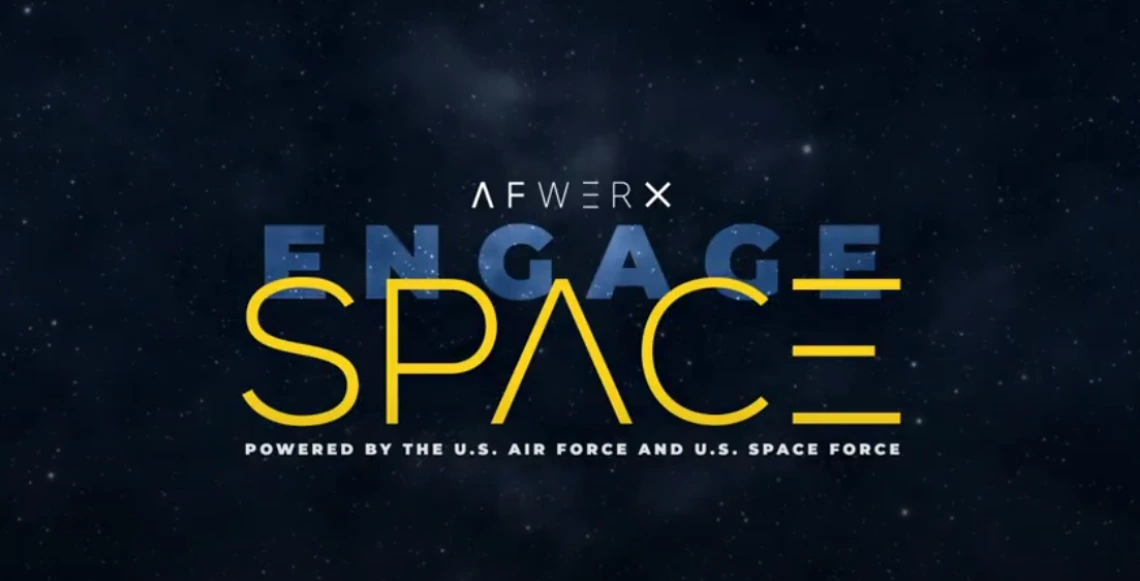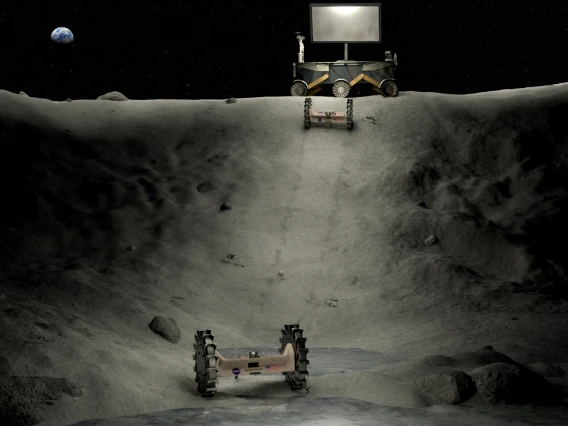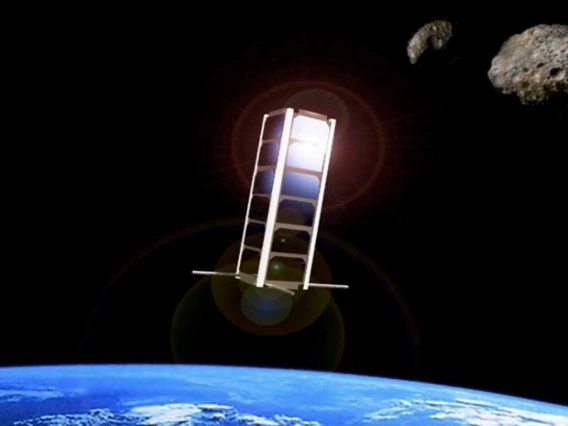Engineers Create AI Tech to Repair and Maintain On-Orbit Spacecraft
UA SpaceTREx Laboratory wins a spot at EngageSpace, a virtual event showcasing some of the top new technologies in the industry.

No description provided
On-orbit spacecraft maintenance and repair is often managed remotely by humans on Earth via teleoperation -- a high-stress process that can be difficult to manage and involve fatigue-induced mistakes. Members of the University of Arizona’s Space and Terrestrial Robotic Exploration Laboratory, or SpaceTREx, are creating a machine learning approach to address this problem. The lab exhibited its Human and Explainable Autonomous Robotic System, or HEART, virtually at EngageSpace on September 29 and 30.
“The way these things are currently being done is like open heart surgery, where one person is being very precise and thinking a lot and making very calculated moves,” explained Jekan Thanga, assistant professor of aerospace and mechanical engineering and head of SpaceTREx. “We’re trying to transform that slow, cumbersome process to be more like the way folks service racecars in the Indy 500 or Formula One. Rather than one person or machine doing everything, it’s a lot of different robots each doing very simple things.”
More than 800 teams participated in the AFWERX Space Challenge, and Thanga’s lab was among the top 175 invited to exhibit at EngageSpace. The event was hosted by the U.S. Air Force innovation arm AFWERX, which fosters collaboration between government, industry and academia.
The AFWERX Space Challenge consisted of four separate areas: Persistent Intelligence, Surveillance and Reconnaissance, or ISR; Department of Defense commercial space partnerships; global space transport and delivery; and space asset resiliency.
SpaceTREx competed in the Persistent ISR challenge, alongside a diverse group of teams representing entrepreneurial startups, small businesses, large enterprises, academic institutions and research labs. Their goal was to create a comprehensive ISR system that spans the globe.
HEART expands on SpaceTREx’s neuromorphic architecture called Artificial Neural Tissues, or ANT, which can rewire its own architecture and content on the fly to adapt to different situations. In other words, ANT reacts to changing situations much like a human would, but without the risk of fatigue-induced error.
“ANT can attain expertise beyond that of an average person simply by being thrown a problem or series of problems to solve,” Thanga explained. “Even the best humans under fatigue can’t think straight, start to make mistakes and can be emotional. ANT comes up with the sort of ideas that might make a human say, ‘Why didn’t I think of that?’”
HEART takes ANT’s technology further and answers the question, “How does this solution work?” Thus, humans and machines are speaking the same language and can more easily work together. The SpaceTREx lab is working closely with the University of Arizona Applied Research Corporation in developing HEART for Department of Defense applications.
Learn more about HEART in a seven-minute video presentation.
“The solutions submitted for these space challenges represent the bleeding edge of space innovation,” said Brennan Townley, AFWERX Challenge collaboration lead. “We’re excited to highlight these innovators and connect them with opportunities across the space ecosystem.”



